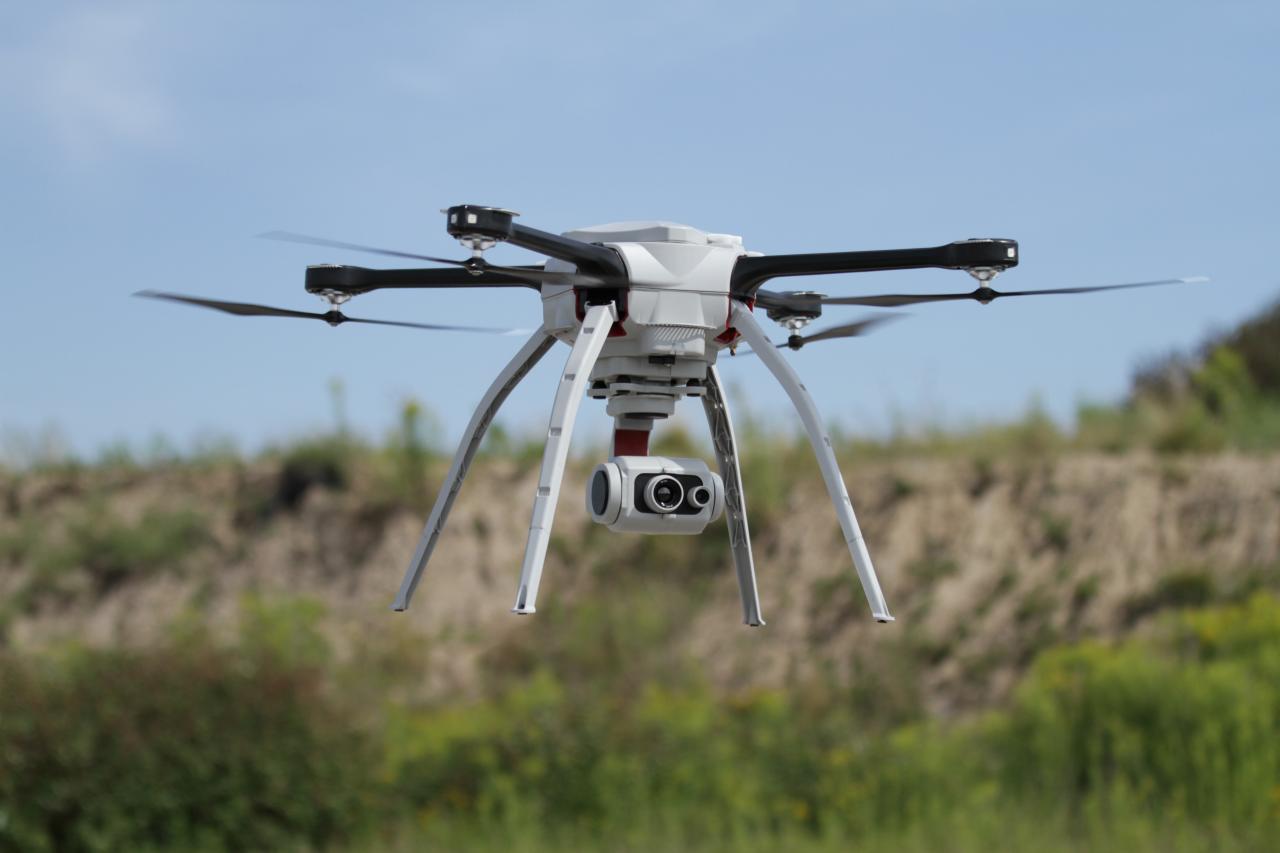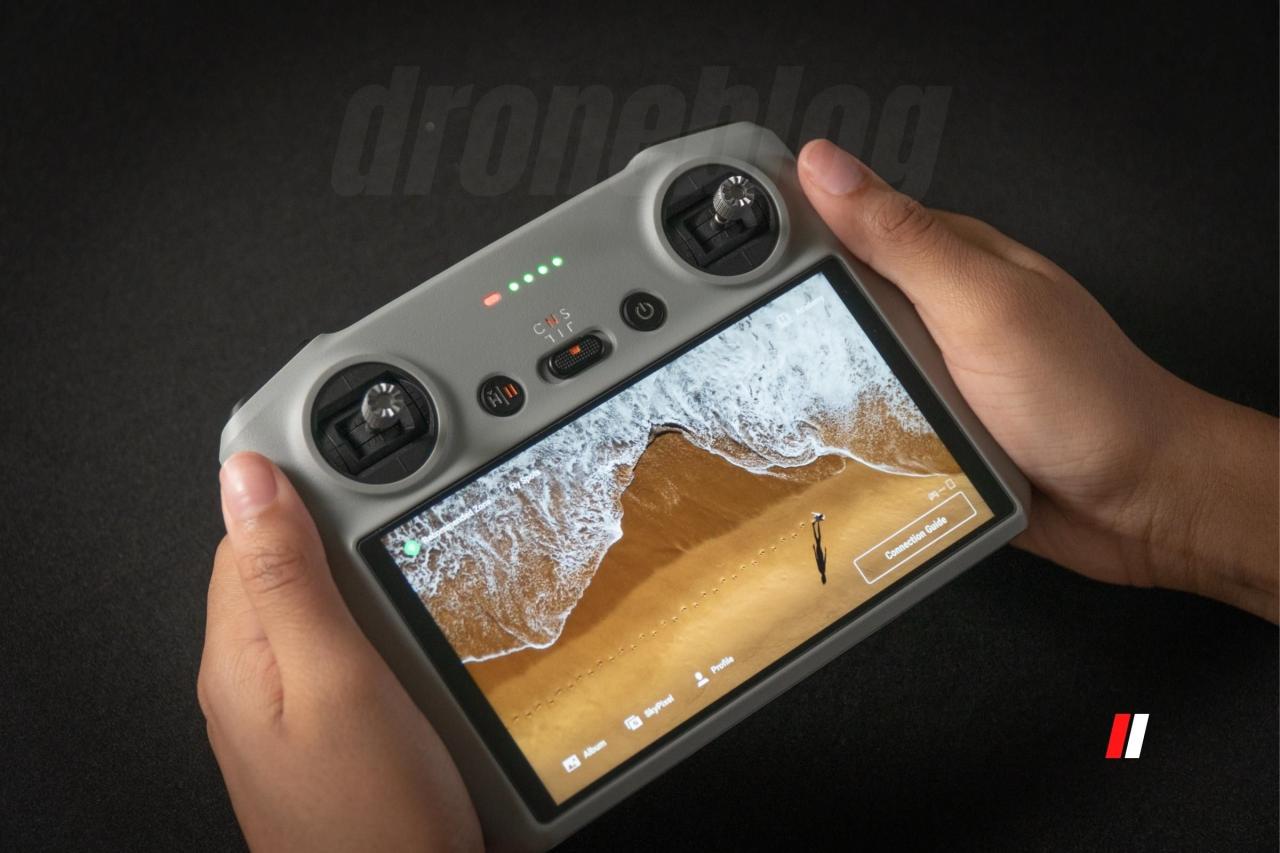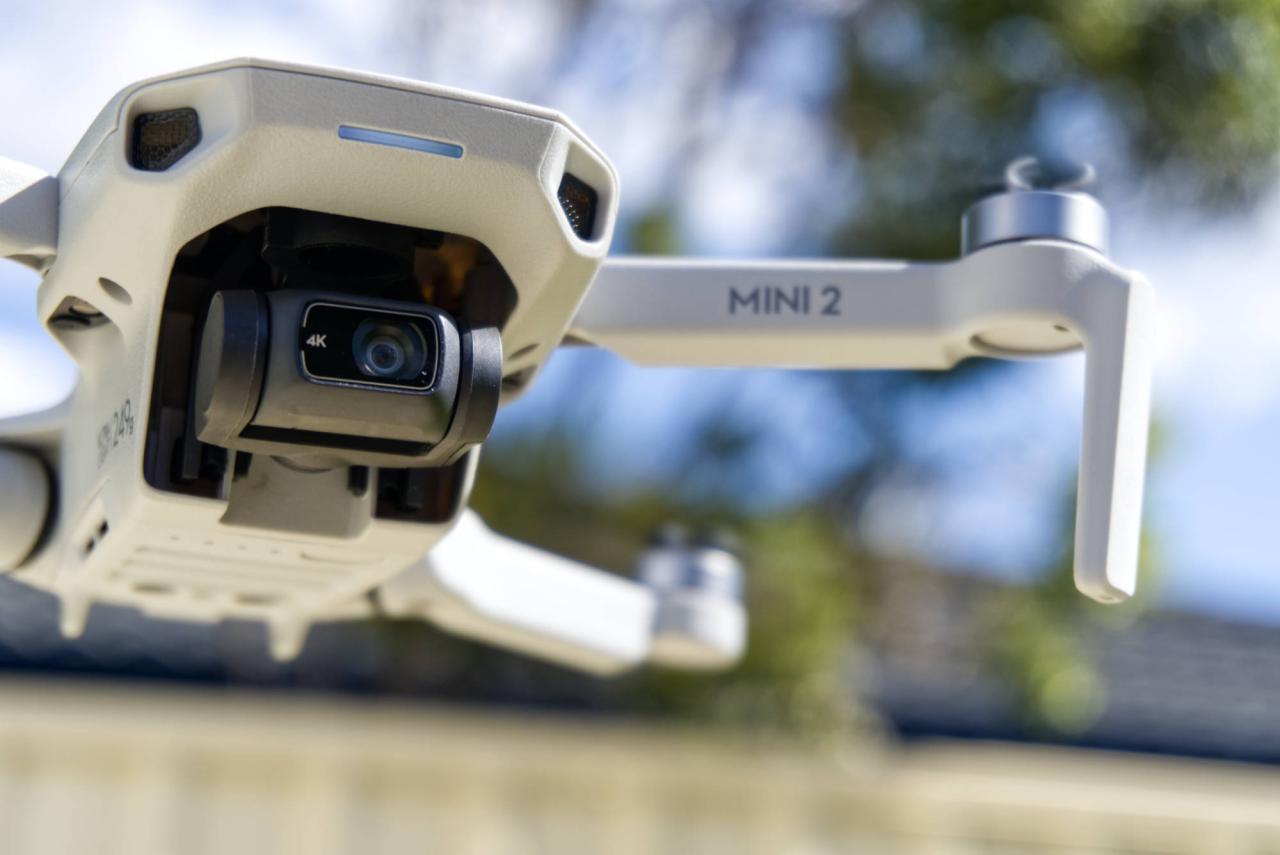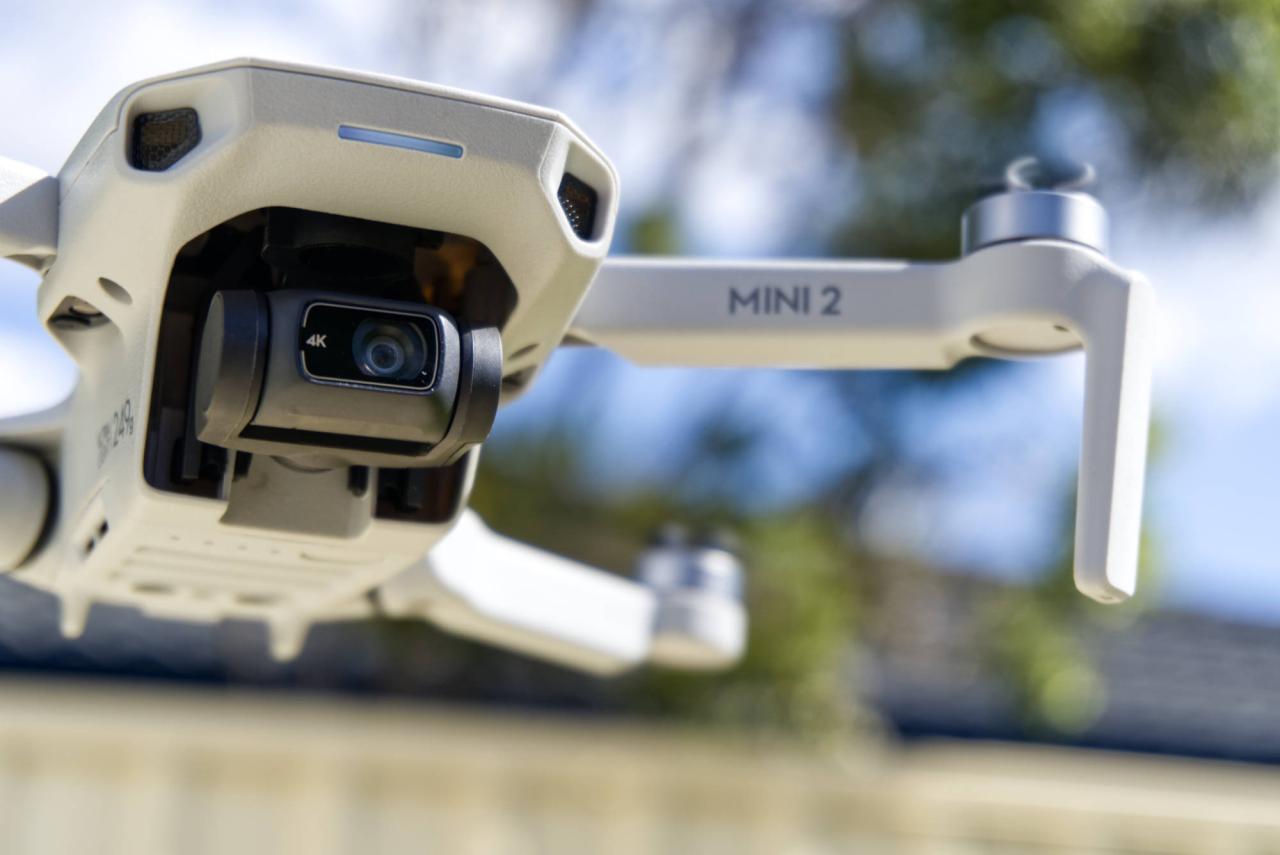Canada drone laws under 250g are surprisingly straightforward, but understanding them is key to safe and legal flying. This guide breaks down the regulations for these smaller drones, covering everything from registration requirements to where you can and can’t fly. We’ll also explore safety tips, privacy concerns, and insurance considerations, ensuring you’re well-prepared for your next flight.
While many believe smaller drones have fewer rules, it’s crucial to understand the nuances. Ignoring these regulations can lead to hefty fines and legal trouble. This guide aims to simplify the process, providing clear explanations and practical advice for responsible drone operation.
Canadian Drone Regulations for Sub-250g Drones
Flying drones in Canada, even those under 250g, isn’t a free-for-all. While the regulations are less stringent than for heavier drones, understanding the rules is crucial to avoid penalties and ensure safe operation. This section details the specific regulations for sub-250g drones in Canada, highlighting key differences compared to heavier models.
Specific Regulations for Sub-250g Drones in Canada
Drones under 250g in Canada are generally considered less risky than heavier models, resulting in simplified regulations. However, they are still subject to several key rules. These rules primarily focus on safe and responsible operation, respecting privacy, and avoiding hazards to people and property. The main difference lies in the registration requirement; unlike heavier drones, sub-250g drones do not require registration with Transport Canada.
Registration Requirements for Sub-250g Drones
A significant advantage of operating a drone under 250g is the absence of a mandatory registration process with Transport Canada. This simplifies the process of getting started with drone operation. However, this does not exempt operators from adhering to all other applicable regulations.
Comparison of Regulations: Sub-250g vs. Over 250g Drones
The primary difference lies in the registration requirement. Drones weighing over 250g require registration with Transport Canada, while those under 250g do not. Both categories, however, are subject to rules concerning safe operation, flight restrictions near airports and populated areas, and privacy considerations. Failure to comply with regulations, regardless of drone weight, can lead to fines or other penalties.
Regulatory Differences Based on Drone Weight
| Feature | Sub-250g Drones | Over 250g Drones |
|---|---|---|
| Registration | Not required | Required with Transport Canada |
| Operational Restrictions | Subject to general flight rules | Subject to stricter flight rules and potential licensing requirements |
| Liability | Operator remains liable for damages or injuries | Operator remains liable for damages or injuries, potentially higher insurance requirements |
| Penalties for Non-Compliance | Fines and potential legal action | Higher fines and potential legal action |
Operating Restrictions for Sub-250g Drones

Even though sub-250g drones are less regulated than their heavier counterparts, several restrictions apply to ensure public safety and privacy. Understanding these restrictions is crucial for responsible operation.
Restricted and Prohibited Areas for Sub-250g Drone Operation
Operating sub-250g drones is prohibited in many areas, including airports, military bases, and areas with restricted airspace. Flying near populated areas, critical infrastructure (such as power plants or hospitals), and private property without permission is also strictly forbidden. Always check for local airspace restrictions before flying.
Rules Surrounding Airports, Populated Areas, and Critical Infrastructure
Maintaining a safe distance from airports is paramount. Unauthorized drone flights near airports can severely disrupt air traffic and pose significant safety risks. Similarly, flying over populated areas without permission is a serious violation. Flying near critical infrastructure requires specific permissions and adheres to strict guidelines to prevent potential damage or disruption.
Permitted Flight Altitudes for Sub-250g Drones
The maximum permitted altitude for sub-250g drones is generally 122 meters (400 feet) unless otherwise specified by local regulations or airspace restrictions. However, maintaining visual line of sight is crucial, often limiting practical altitude even further. Always prioritize safe and responsible operation.
Examples of Illegal Sub-250g Drone Operation
Flying a drone over a private property without the owner’s consent is illegal and can lead to legal repercussions. Similarly, flying a drone near an airport without proper authorization or in a restricted airspace is a serious offense. Failing to maintain visual line of sight and operating a drone recklessly also constitutes illegal operation.
Safety Guidelines and Best Practices
Safe drone operation is paramount, regardless of the drone’s weight. Following these guidelines and best practices significantly reduces the risk of accidents and ensures responsible operation.
Safety Guidelines for Responsible Sub-250g Drone Operation
Always check weather conditions before flying. Avoid flying in strong winds or during inclement weather. Never fly near people or animals without their consent. Always keep your drone within visual line of sight. Be aware of surrounding airspace and any potential hazards.
Familiarize yourself with all relevant regulations before each flight.
Pre-Flight Checklist for Sub-250g Drones

A thorough pre-flight checklist is essential for safe operation. This should include checking battery levels, confirming proper controller functionality, ensuring the drone’s propellers are secure, and verifying that all systems are functioning correctly. Reviewing the planned flight path and ensuring it complies with regulations is also crucial.
- Check battery level
- Inspect propellers
- Test controller functionality
- Verify GPS signal (if applicable)
- Review flight plan and regulations
Maintaining Visual Line of Sight
Maintaining visual line of sight (VLOS) is crucial for safe drone operation. This means the operator must be able to see the drone at all times during flight. Losing VLOS can lead to accidents and difficulties in recovering the drone.
Preventing Drone Accidents and Mitigating Risks
Regular maintenance and inspections are essential for preventing accidents. Understanding your drone’s limitations and avoiding risky maneuvers are crucial. Flying within your skill level and always prioritizing safety will significantly reduce the likelihood of accidents.
Privacy Considerations and Legal Implications
Respecting privacy is crucial when operating drones. Unauthorized filming or photography can have serious legal consequences.
Legal Implications of Filming Private Property
Filming or photographing private property without the owner’s consent is a violation of privacy laws and can lead to legal action, including fines and lawsuits. Always obtain permission before capturing images or videos of private property.
Relevant Privacy Laws in Canada
Canadian privacy laws, such as the Personal Information Protection and Electronic Documents Act (PIPEDA), protect individuals’ privacy. Operating a drone in a way that violates these laws can result in significant penalties.
Consequences of Violating Privacy Laws
Violating privacy laws while operating a drone can result in fines, lawsuits, and reputational damage. The penalties can be substantial, emphasizing the importance of responsible operation and respect for privacy.
Examples of Responsible Drone Usage Respecting Privacy
Responsible drone usage includes obtaining consent before filming individuals or their property, avoiding filming sensitive areas, and respecting individuals’ right to privacy. Always be mindful of your surroundings and the potential impact of your drone operation.
Insurance and Liability
While not mandatory for sub-250g drones in Canada, insurance is strongly recommended to protect yourself from potential liabilities.
Necessity of Insurance for Sub-250g Drones, Canada drone laws under 250g
Even though registration isn’t required for sub-250g drones, accidents can still happen, leading to property damage or injury. Insurance provides financial protection in such situations.
Potential Liabilities Associated with Drone Accidents
Drone accidents can result in significant liabilities, including costs associated with property damage, medical expenses, and legal fees. These costs can quickly escalate, making insurance a prudent investment.
Types of Insurance Coverage for Drone Operators
Various insurance options are available for drone operators, ranging from basic liability coverage to more comprehensive policies. Choosing the right policy depends on the level of risk and the type of drone operation.
Steps to Take in Case of a Drone Accident
- Ensure the safety of yourself and others.
- Assess the damage.
- Contact your insurance provider.
- Gather information from witnesses.
- Report the incident to the appropriate authorities (if necessary).
Technological Considerations and Features
Sub-250g drones offer a range of features and capabilities, shaped by ongoing technological advancements.
Common Features and Capabilities of Sub-250g Drones
Sub-250g drones typically offer features such as high-resolution cameras, GPS capabilities (on some models), obstacle avoidance systems (on some models), and various flight modes. These features enhance both usability and safety.
Impact of Technology on Drone Regulations and Safety

Technological advancements continuously impact drone regulations and safety. Features like obstacle avoidance and GPS improve safety, potentially leading to adjustments in regulations. New technologies necessitate ongoing review and updates to existing laws.
Comparison of Different Types of Sub-250g Drones
The market offers a wide variety of sub-250g drones, ranging from simple, basic models to those with advanced features like obstacle avoidance and high-quality cameras. The choice depends on the user’s needs and budget.
Technological Advancements Shaping the Future of Drone Regulations
The rapid pace of technological advancement in drone technology necessitates ongoing adaptation of regulations. Autonomous flight capabilities, improved sensor technologies, and increased connectivity will require regulatory frameworks to ensure safety and responsible use.
Future Trends and Developments in Drone Law
The future of drone law in Canada is dynamic, influenced by technological advancements and increasing drone usage.
Okay, so you’re flying drones under 250g in Canada? That’s cool! Remember to check Transport Canada’s rules, but before you do, did you hear that chatgpt down? It might affect your research on those regulations. Anyway, back to those Canadian drone laws – always prioritize safety and follow the guidelines to avoid any issues.
Potential Future Changes in Canadian Drone Regulations
Future regulations may focus on streamlining processes for drone operation, incorporating new technologies into safety standards, and addressing the increasing complexity of drone operations. A move towards more risk-based regulation is also likely.
Influence of Emerging Technologies on Future Drone Laws
Emerging technologies like AI-powered drone control systems, advanced sensor technologies, and drone swarms will significantly impact future drone regulations. Laws will need to adapt to the unique challenges and opportunities presented by these technologies.
Impact of Increasing Drone Usage on Existing Regulations
The increasing popularity and diverse applications of drones will inevitably lead to adjustments in existing regulations. This could include updates to airspace management, stricter enforcement of existing rules, and the development of new guidelines for specific drone applications.
Timeline of Potential Future Regulatory Changes
Predicting a precise timeline is challenging, but we can anticipate incremental changes in the coming years. These changes will likely be driven by technological advancements, safety concerns, and the increasing complexity of drone operations. Transport Canada will likely continue to review and update regulations as needed.
Okay, so you’re flying drones under 250g in Canada? That means you’re likely okay without a drone pilot certificate, but remember to check Transport Canada’s rules. If you’re looking for deals on a new phone to record your awesome drone footage, maybe check out the telus loyalty phone number for some sweet deals. Then, get back to those awesome aerial shots, but always remember to fly safely and responsibly within Canadian drone regulations.
Closure
Flying a drone under 250g in Canada is a fun and accessible activity, but responsible operation is paramount. By understanding the regulations, prioritizing safety, and respecting privacy laws, you can enjoy the benefits of drone technology while adhering to the law. Remember to always check for updates to regulations and fly safely!
Frequently Asked Questions: Canada Drone Laws Under 250g
Do I need to register a drone under 250g in Canada?
No, registration isn’t currently required for drones under 250g in Canada. However, you are still responsible for knowing and following all other regulations.
Can I fly my sub-250g drone near airports?
No, you’ll need to maintain a safe distance from airports and other restricted airspace. Check the official Nav Canada website for specific restrictions.
What happens if I violate drone laws?
Penalties for violating Canadian drone laws can range from warnings to significant fines, depending on the severity of the infraction.
So, you’re flying drones under 250g in Canada? Sweet! Remember to check those basic regulations first. But hey, if you’re into the tech side, checking your drone’s processor specs using a tool like cpu z can be helpful for troubleshooting. Understanding your drone’s capabilities is just as important as knowing the Canadian drone laws under 250g, so stay informed and fly safe!
Is insurance required for sub-250g drones?
While not mandatory in all cases, insurance is strongly recommended to protect yourself from liability in case of accidents or damage.
What’s the maximum altitude for a sub-250g drone?
There isn’t a specific altitude limit for sub-250g drones, but you must always maintain visual line of sight and avoid flying over people.
